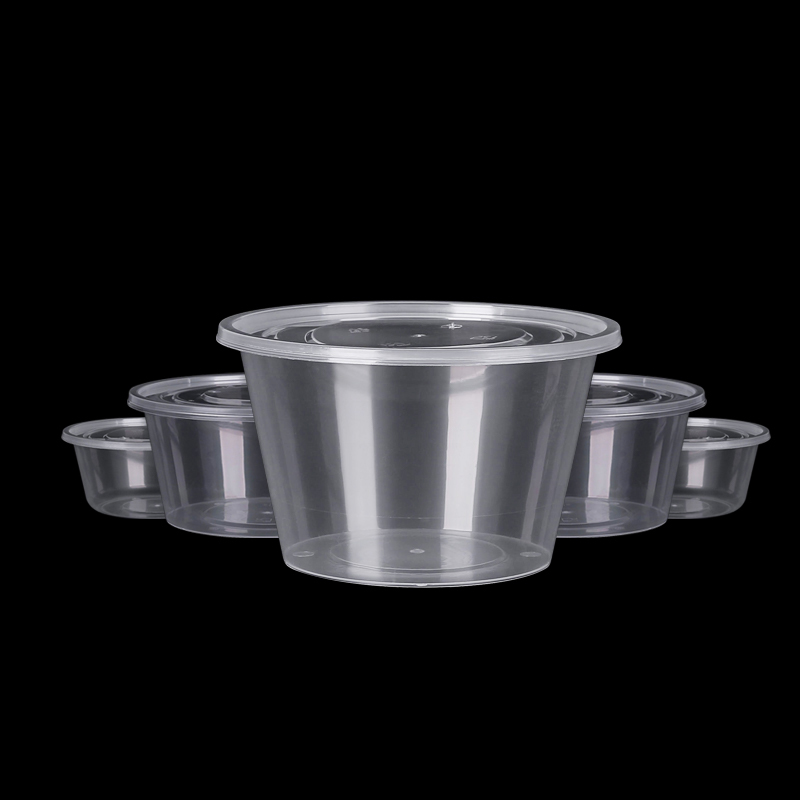
Whether the plastic bowl can be used in a microwave requires specific analysis based on the situation.
Firstly, there are numerous types of plastics, and different types of plastics have significant differences in their tolerance to microwaves and heat. Some plastics may release harmful substances during microwave heating, while others are relatively safe. For example, polypropylene (PP) plastic bowls can usually be placed in a microwave oven. The bottom of this plastic bowl usually has a triangular recycling logo with the number “5” inside. It can withstand high temperatures, generally around 130 ℃ -140 ℃, and is relatively stable when heated in a microwave. It will not easily deform or release harmful substances, so it is suitable for microwave heating of food, such as hot milk and leftover food.
However, for example, polystyrene (PS) plastic bowls, although they have a brittle texture and high transparency, and are commonly used to make disposable tableware, bowls made of this material are prone to deformation at high temperatures and may release harmful substances. The number inside the triangular recycling symbol at the bottom is usually “6”, which is generally not recommended for storing high-temperature food and is not suitable for long-term heating in a microwave oven. The bottom of a polycarbonate (PC) plastic bowl is labeled with the number “7”. Although it has high strength and transparency, and is also relatively heat-resistant, some polycarbonate may contain residual bisphenol A (BPA) during the synthesis process, which poses potential health risks. Caution should also be exercised when heating it in a microwave oven.
In addition to the type of plastic, the quality and design of plastic bowls also affect whether they can be used in microwave ovens. Poor quality plastic bowls, such as bowls with uneven wall thickness, may deform or even be damaged due to local overheating during microwave heating. A plastic bowl with a sealed lid, if the lid does not have breathable holes or a steam release design, the pressure inside the bowl may increase during heating, which may cause the lid to be pushed open or the bowl to break.
So, before putting the plastic bowl into the microwave, be sure to carefully check the material label, product description, and whether there is a “microwave suitable” mark on the plastic bowl. If you are unsure whether a plastic bowl can be used for microwave heating, it is best to avoid using it to prevent the release of harmful substances or other safety hazards.


